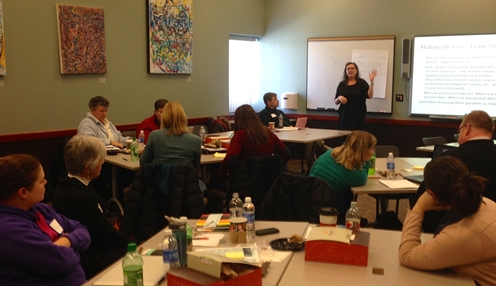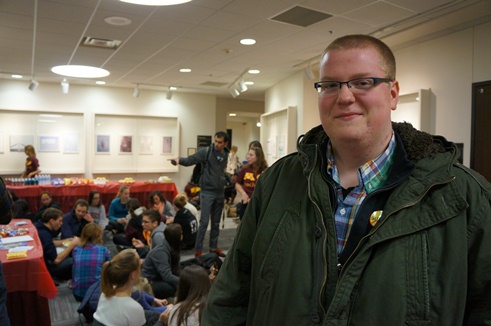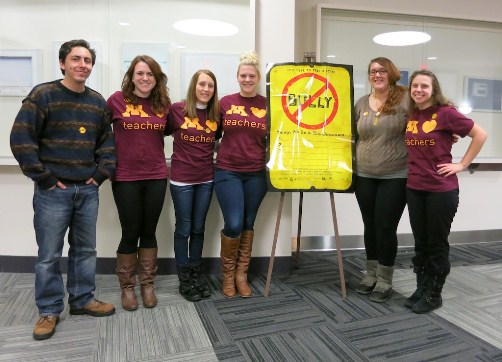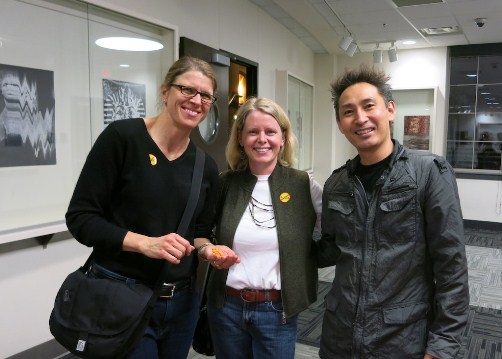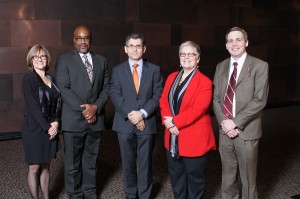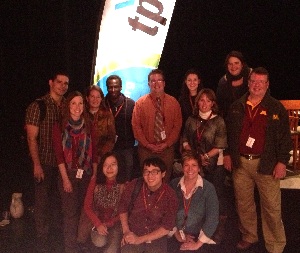 About 1 in 32 Somali children, ages 7-9 in 2010, was identified as having autism spectrum disorder (ASD) in Minneapolis, according to new data released today by the University of Minnesota’s College of Education and Human Development (CEHD). Somali and White children were about equally likely to be identified with ASD in Minneapolis. There is no statistically meaningful difference between the two estimates. Somali and White children were more likely to be identified with ASD than non-Somali Black and Hispanic children.
About 1 in 32 Somali children, ages 7-9 in 2010, was identified as having autism spectrum disorder (ASD) in Minneapolis, according to new data released today by the University of Minnesota’s College of Education and Human Development (CEHD). Somali and White children were about equally likely to be identified with ASD in Minneapolis. There is no statistically meaningful difference between the two estimates. Somali and White children were more likely to be identified with ASD than non-Somali Black and Hispanic children.
The Somali and White estimates from Minneapolis were higher than most other communities where the Centers for Disease Control and Prevention (CDC) tracks autism spectrum disorder. The project estimates that 1 in 48 children reviewed in Minneapolis was identified as having ASD.
“We do not know why more Somali and White children were identified as having ASD than Black and Hispanic children in Minneapolis,” said Amy Hewitt, director of the U of M Research and Training Center on Community Living in the Institute on Community Integration and primary investigator on the project. “This project was not designed to answer these questions, and future research is warranted.”
Somali children with ASD were more likely to also have an intellectual disability (e.g., IQ lower than 70) than children with ASD in all other racial and ethnic groups in Minneapolis, according to the project findings.
“Future research can and should build upon these findings to better understand how ASD affects Somali and non-Somali children,” said Hewitt. “This project was not designed to tell us why these differences exist, but its findings support the need for more research on why and how ASD affects Somali and non-Somali children and families differently.”
This project also found that the age at first ASD diagnosis was around five years for Somali, White, Black, and Hispanic children.
“Children with ASD can be reliably diagnosed around 2 years of age,” said Hewitt. “Further research must be done to understand why Minneapolis children with ASD, especially those who also have intellectual disability, are not getting diagnosed earlier.”
To date, this is the largest project to look at the number and characteristics of Somali children with autism spectrum disorder in any U.S. community. However, these findings are limited to Minneapolis, and there are challenges in identifying ASD in small, ethnically diverse groups.

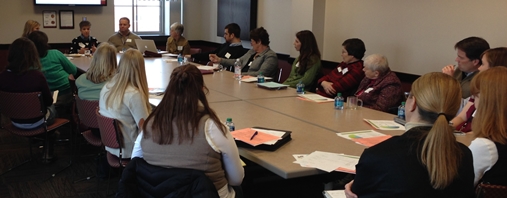

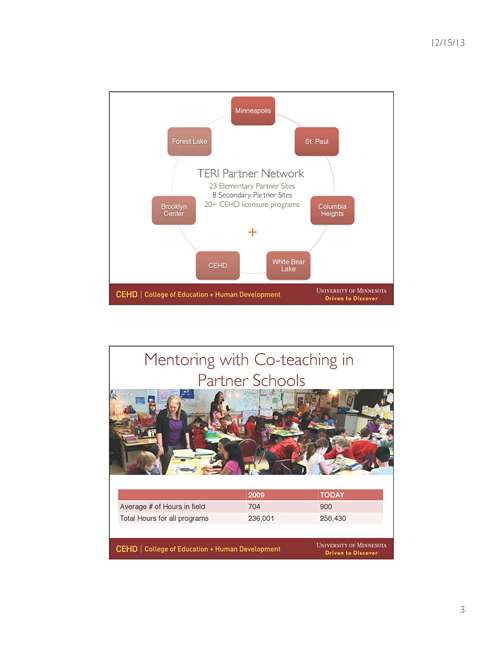

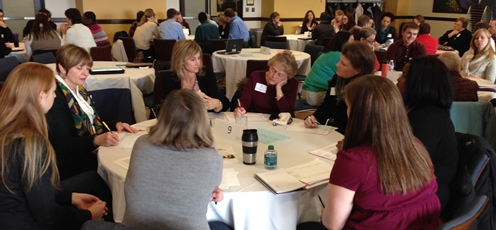
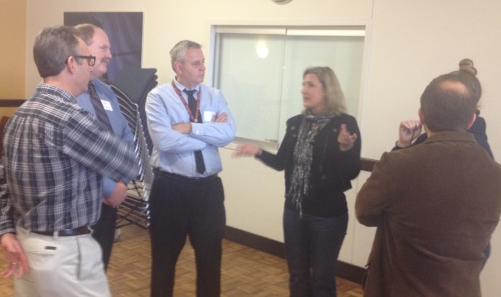

 U of M associate vice president for research and professor in the
U of M associate vice president for research and professor in the 

